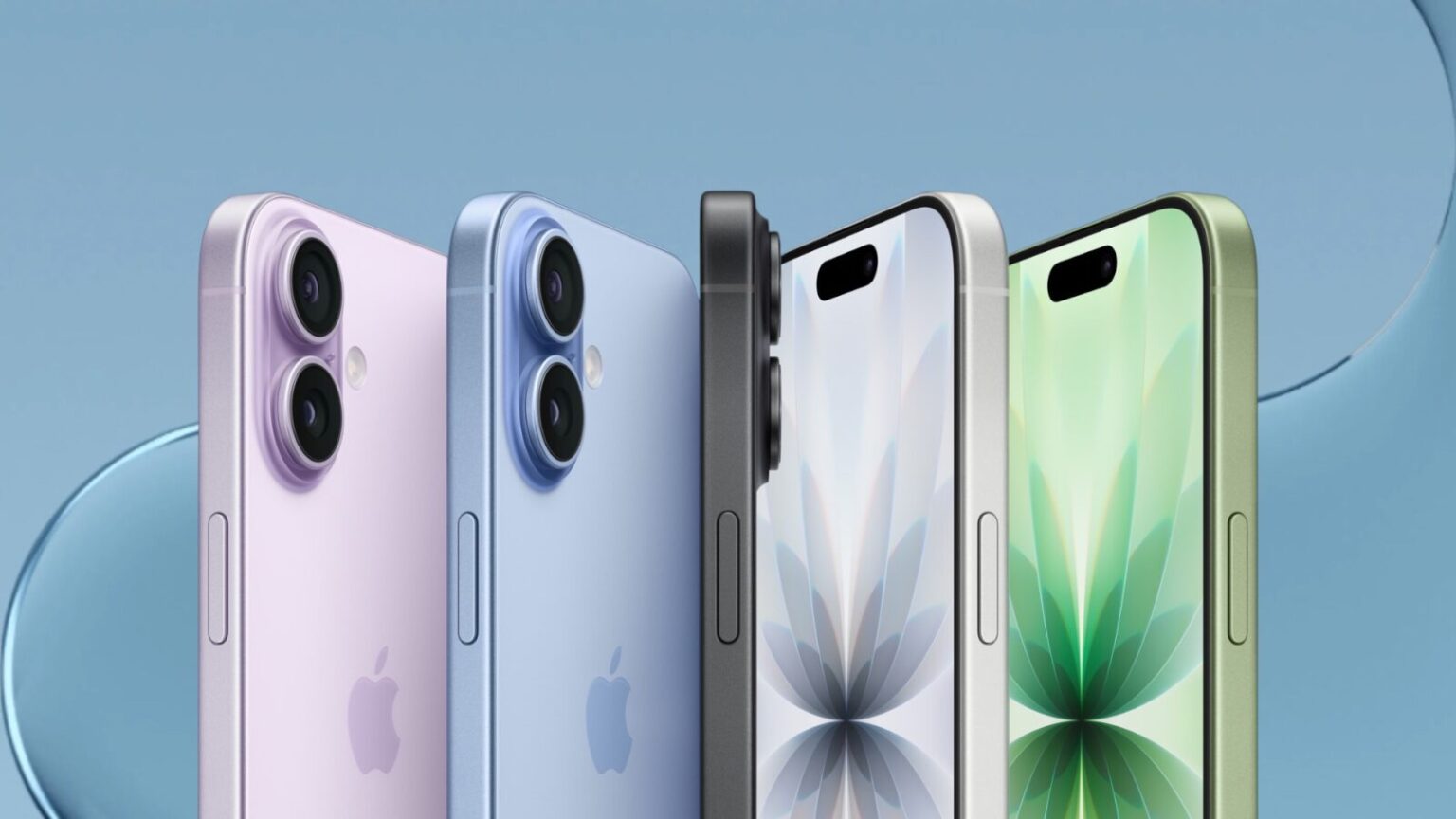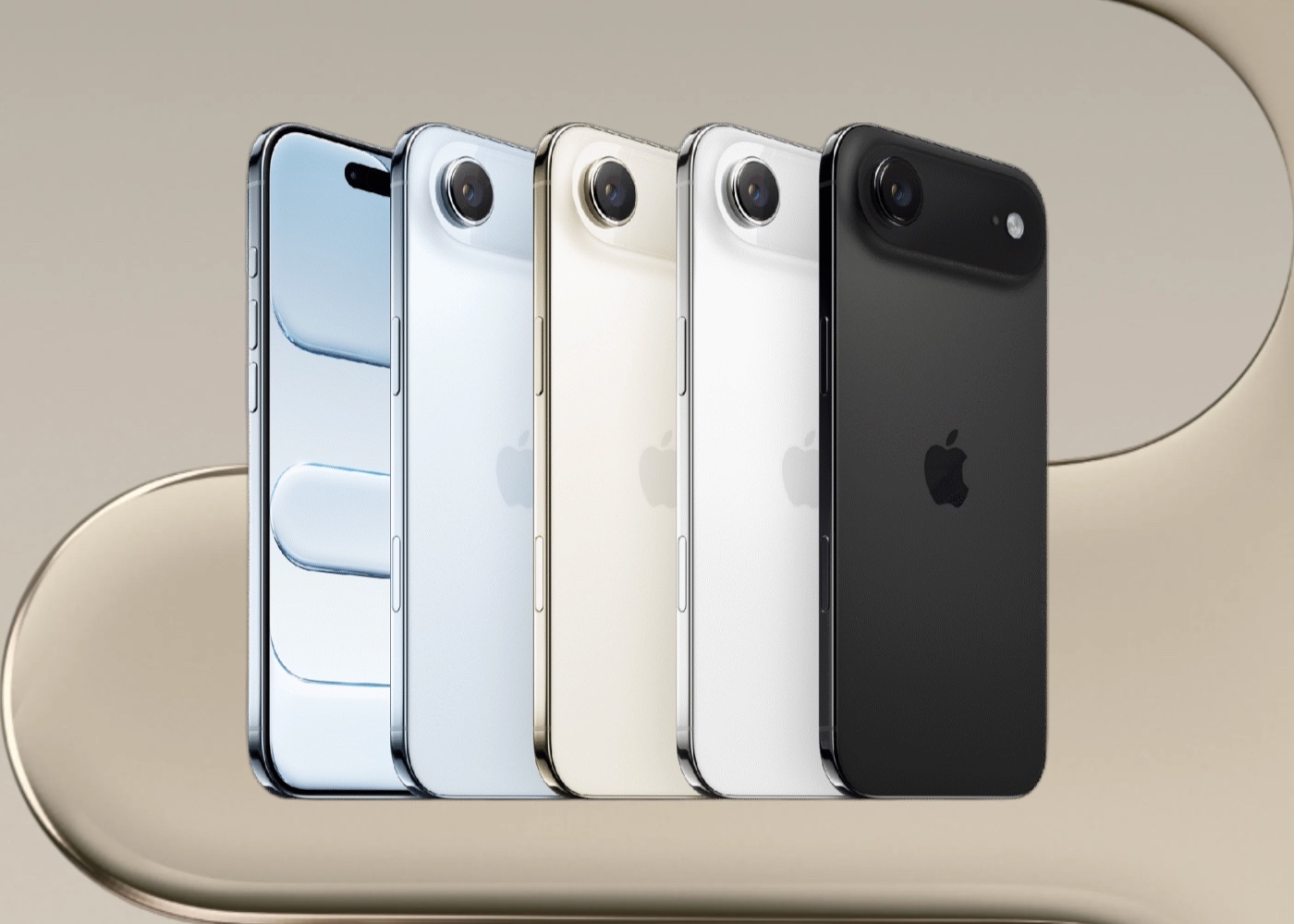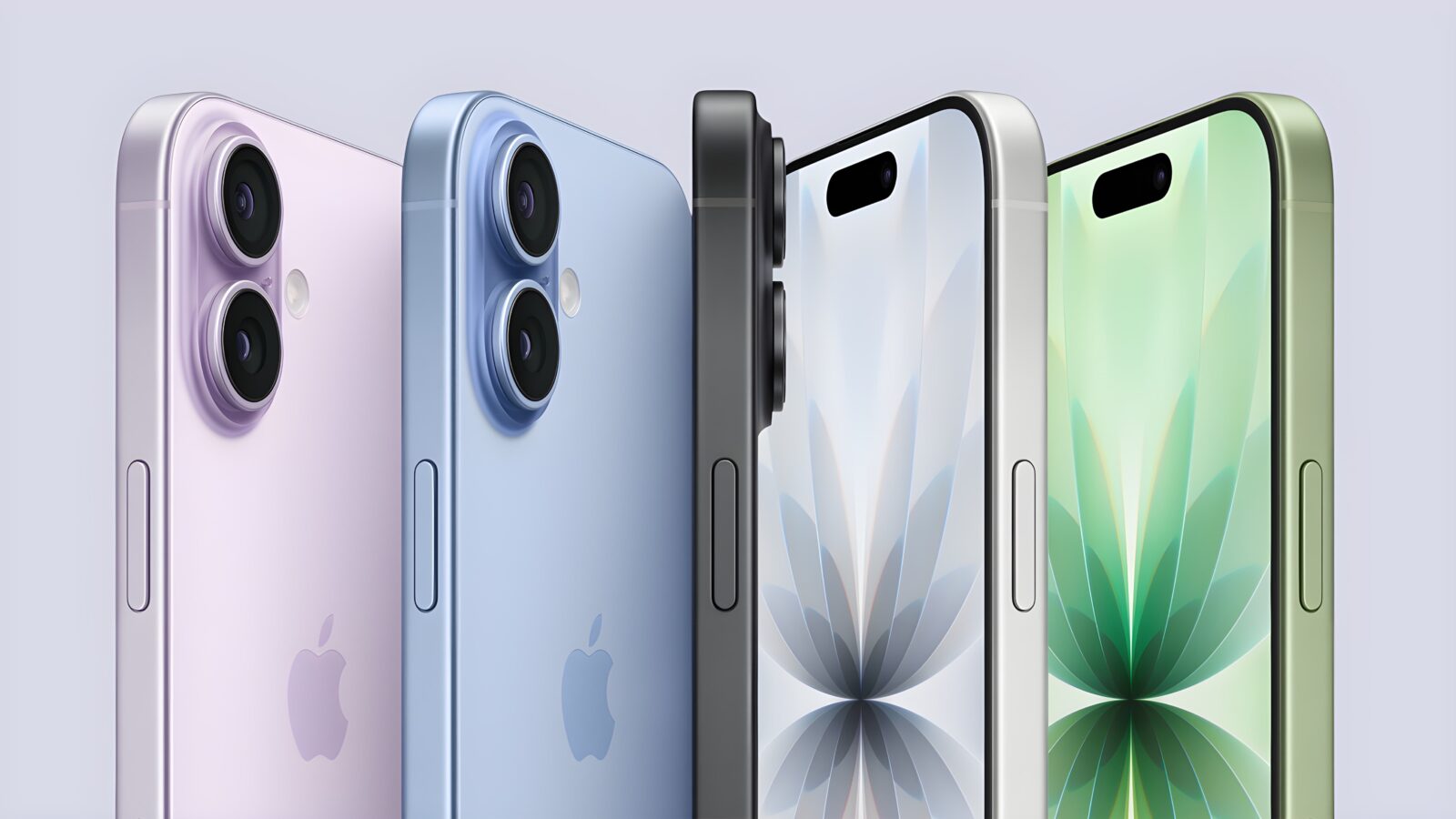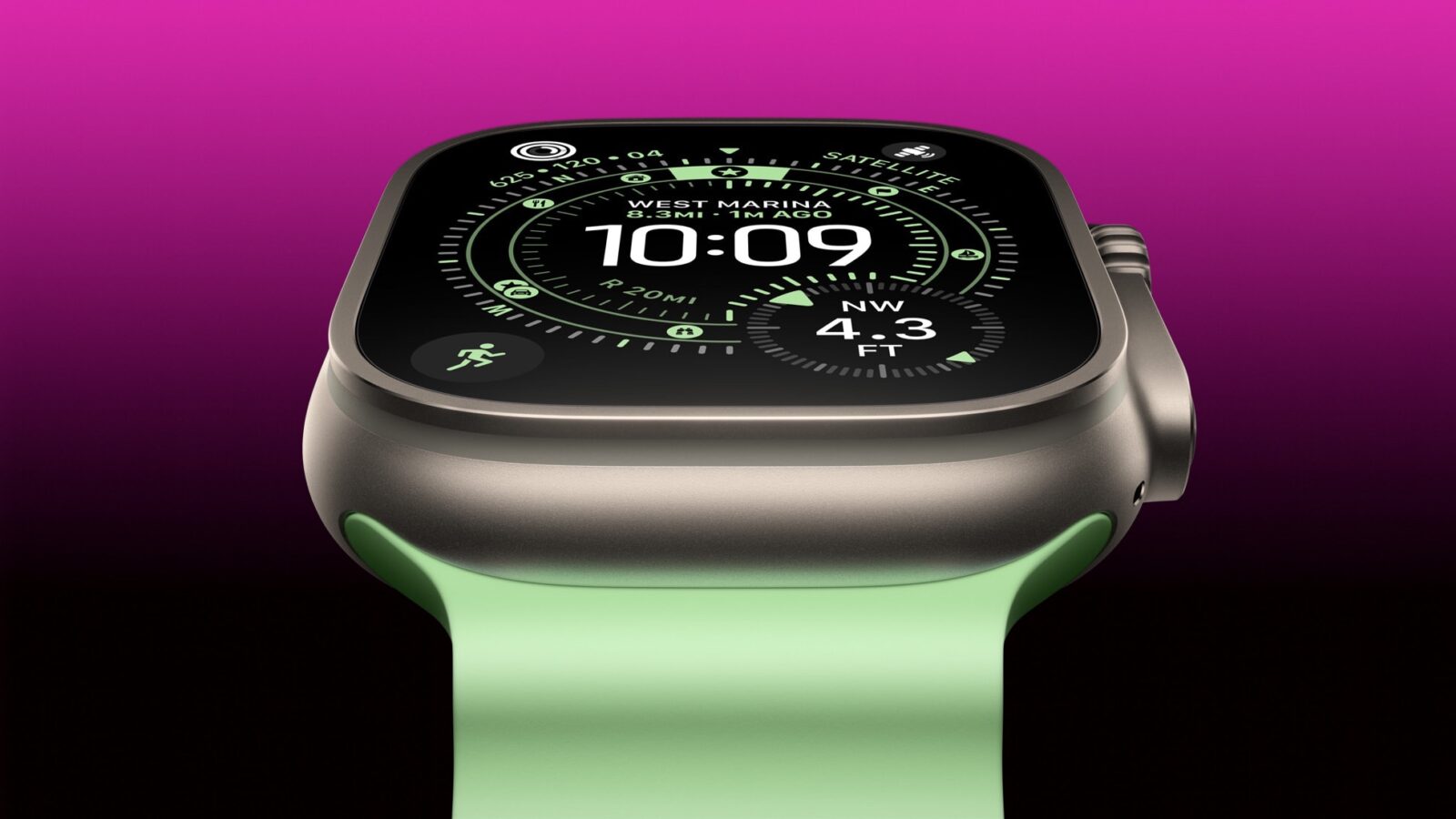Apple has introduced the iPhone 17, its standard flagship model for 2025, with upgrades that bring it closer to the Pro tier. The new phone features a redesigned front camera system, all-48MP rear cameras, a brighter ProMotion display, and the A19 chip for improved efficiency and performance. Pre-orders begin on September 12, with availability set for September 19.
The most noticeable change is the front-facing camera. Apple is debuting a new Center Stage system with an 18MP square sensor. Unlike earlier versions, it supports wider fields of view, works in both portrait and landscape without rotating the phone, and uses AI to automatically expand the frame for group shots. It also enables stabilized 4K HDR video and simultaneous front-and-back recording through Dual Capture. For video calls, the feature keeps subjects centered in frame across FaceTime and supported third-party apps.
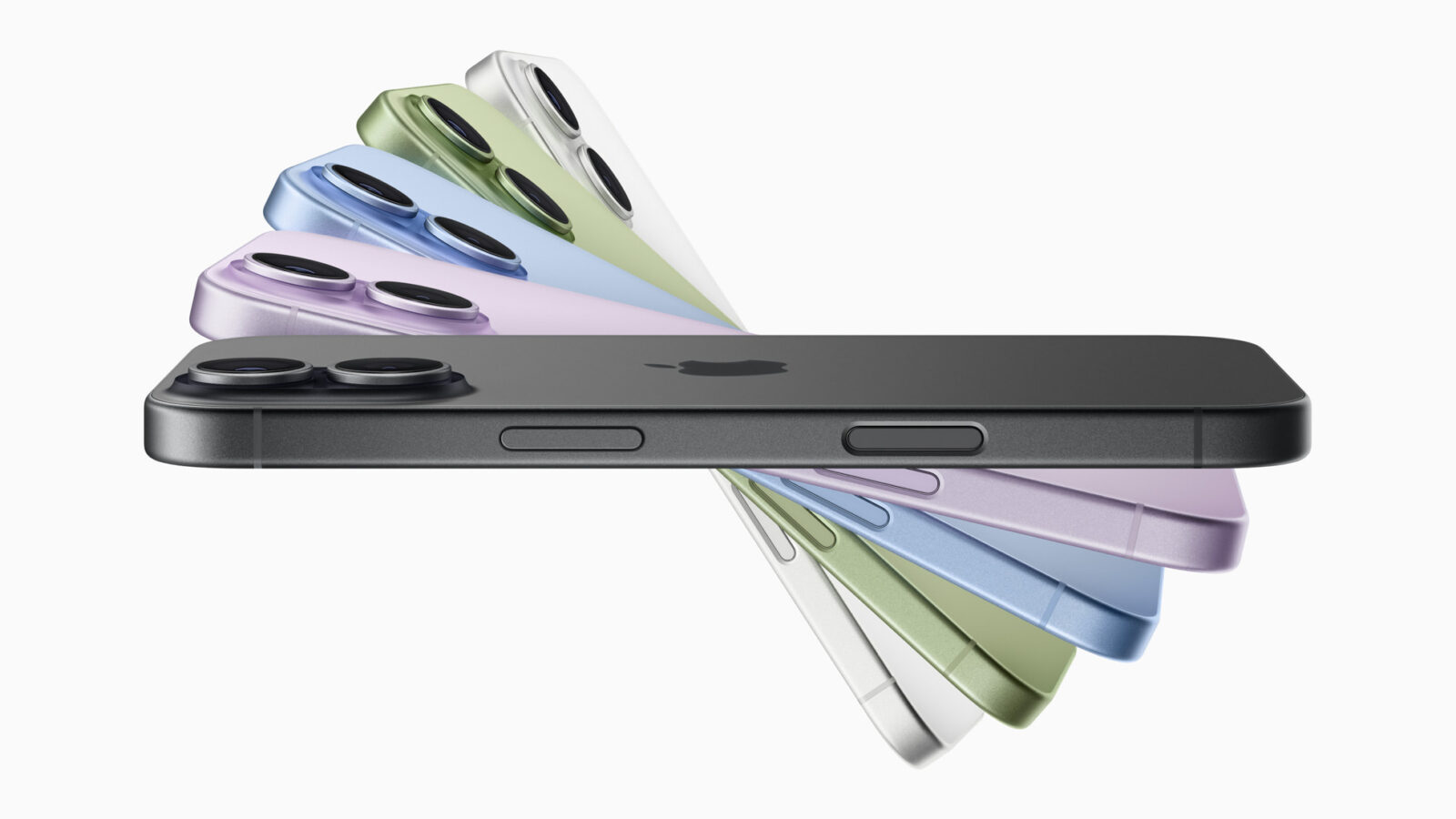
On the back, iPhone 17 now standardizes three 48MP sensors. The Main camera includes a 2x telephoto crop, while the new 48MP Ultra Wide captures significantly more detail for expansive landscapes and macro shots. Apple’s Photonic Engine has been refined with new styles, including a “Bright” mode in iOS 26 that boosts vibrancy while preserving skin tones. Video recording continues to support Dolby Vision HDR at up to 4K60, plus modes like Cinematic and Action for different shooting styles. Spatial video capture has also been added, allowing playback on Apple Vision Pro.
The display grows to 6.3 inches with thinner bezels and uses Apple’s Super Retina XDR panel with ProMotion up to 120Hz. Always-On remains part of the feature set, and peak outdoor brightness jumps to 3,000 nits with improved anti-reflective coating. Ceramic Shield 2 now protects the front and, for the first time on a non-Pro iPhone, offers stronger scratch resistance.
Under the hood, the A19 chip delivers faster performance across CPU, GPU, and AI tasks, powered by a 3-nanometer process. Apple claims a 1.5x CPU boost and more than 2x GPU improvement compared to iPhone 13’s A15 Bionic, with additional Neural Accelerators built into each GPU core for on-device AI. The efficiency gains translate into longer runtime: up to 30 hours of video playback, eight more than iPhone 16, with 50 percent charging in about 20 minutes using the new 40W Dynamic Power Adapter.

Connectivity improves with Apple’s new N1 wireless chip, which brings Wi-Fi 7, Bluetooth 6, and Thread for smart home integration. Apple continues to expand eSIM adoption as well. An eSIM-only model of iPhone 17 will ship in markets including the U.S., UAE, Japan, Saudi Arabia, and Canada. The move frees up internal space for a larger battery and makes international travel easier through prepaid eSIM options, though support varies by carrier.
iPhone 17 launches with iOS 26, which introduces Apple Intelligence across messaging, photos, and system apps. Features include Live Translation for text and audio, smarter visual search, and improved privacy for on-device AI. The update also adds refinements to CarPlay, Maps, Wallet, and a new Apple Games hub.
The phone will be available in five colors—black, lavender, mist blue, sage, and white—with 256GB and 512GB storage options, starting at AED 3,399 in the UAE. Accessories include new MagSafe cases, a crossbody strap system, and updated charging options.
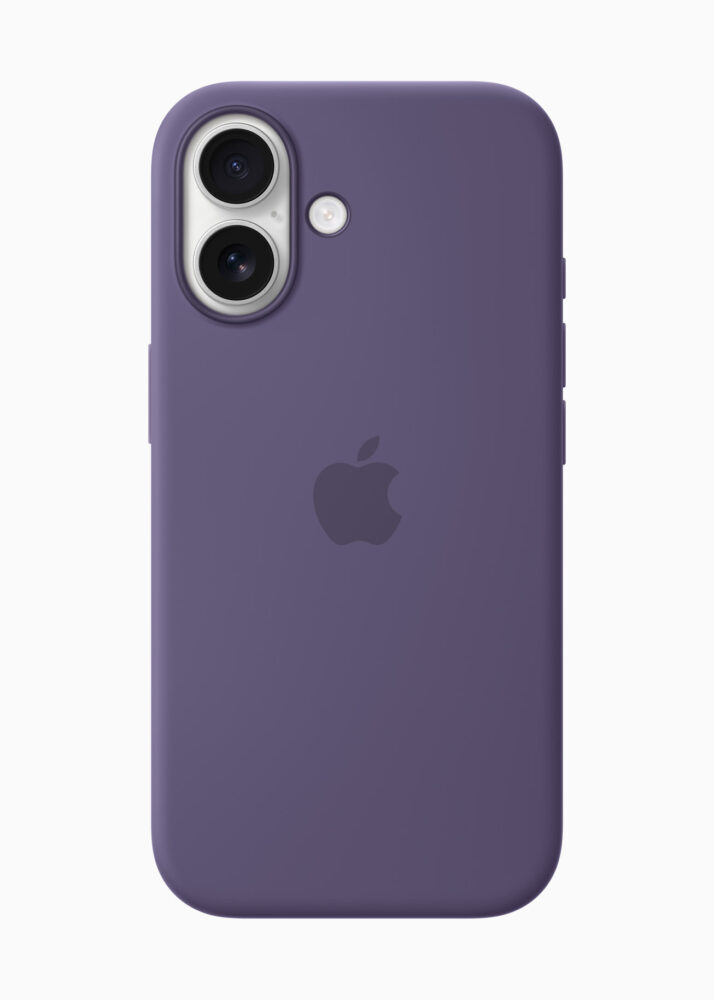
Sustainability remains part of Apple’s pitch: iPhone 17 uses 30 percent recycled materials overall, including 85 percent recycled aluminum and 100 percent recycled cobalt in its battery, alongside fully fiber-based packaging.
In short, iPhone 17 closes much of the gap between the standard and Pro models. With all-48MP cameras, a more versatile front system, a brighter ProMotion display, and the shift to eSIM in key markets, the phone signals Apple’s next step in making higher-end features standard across its lineup.

